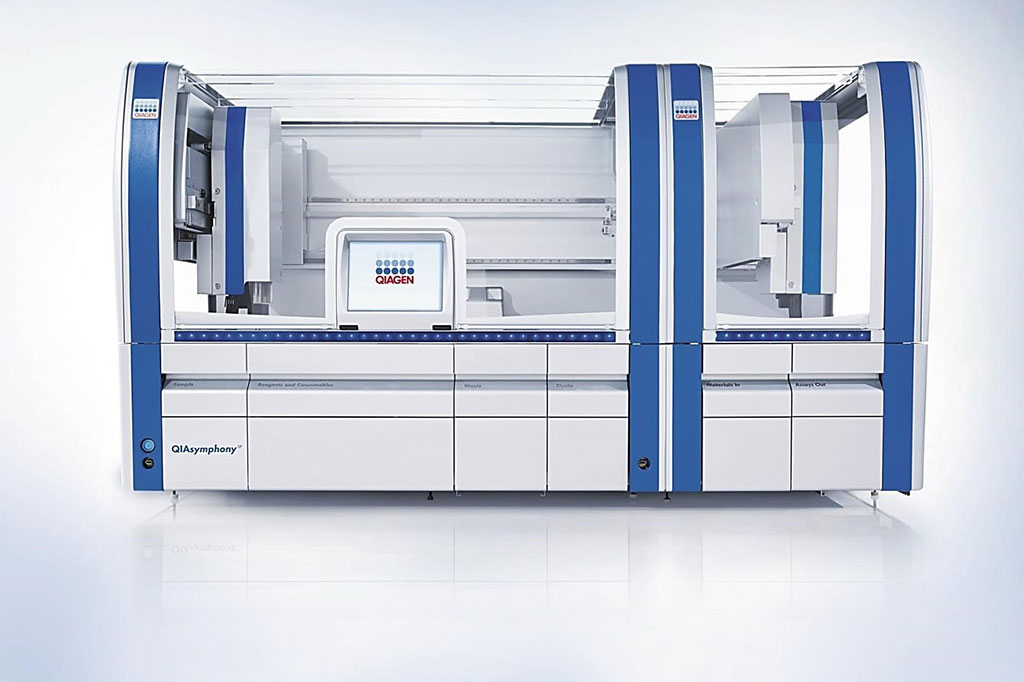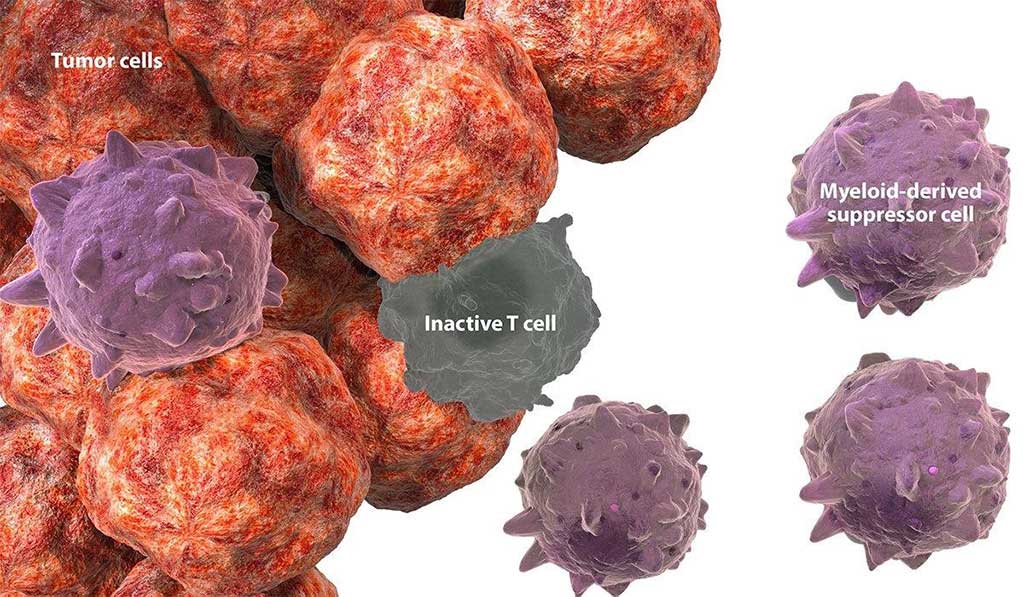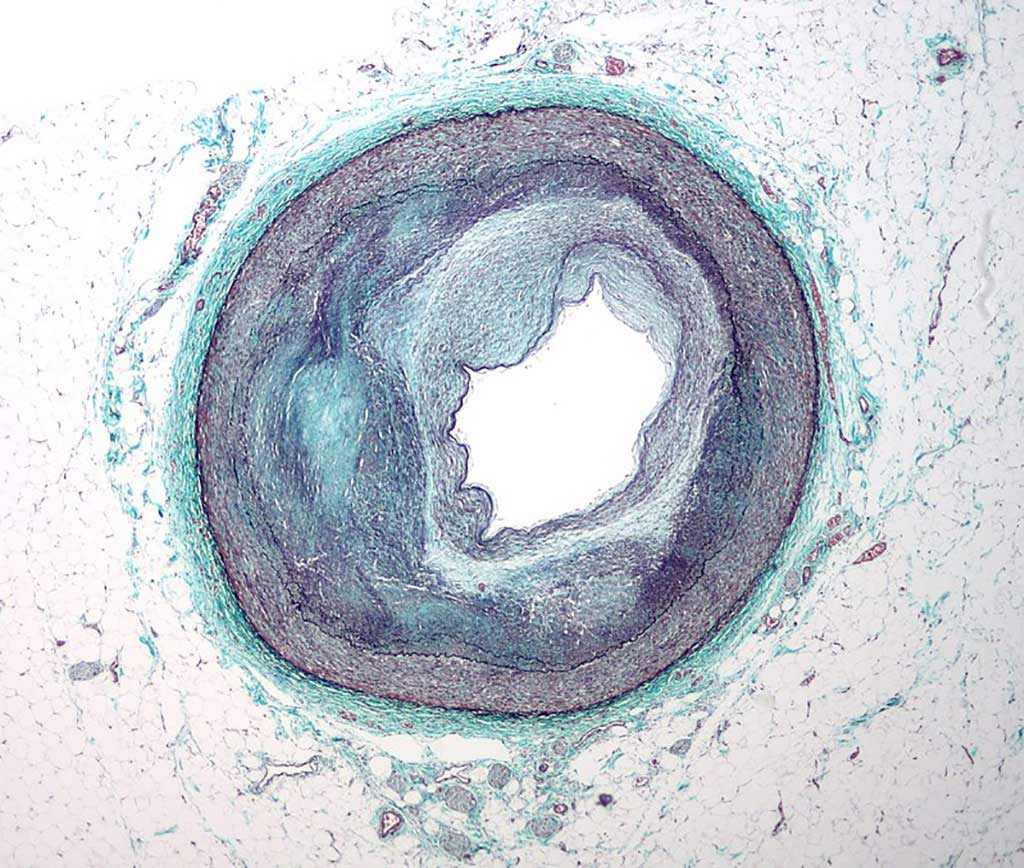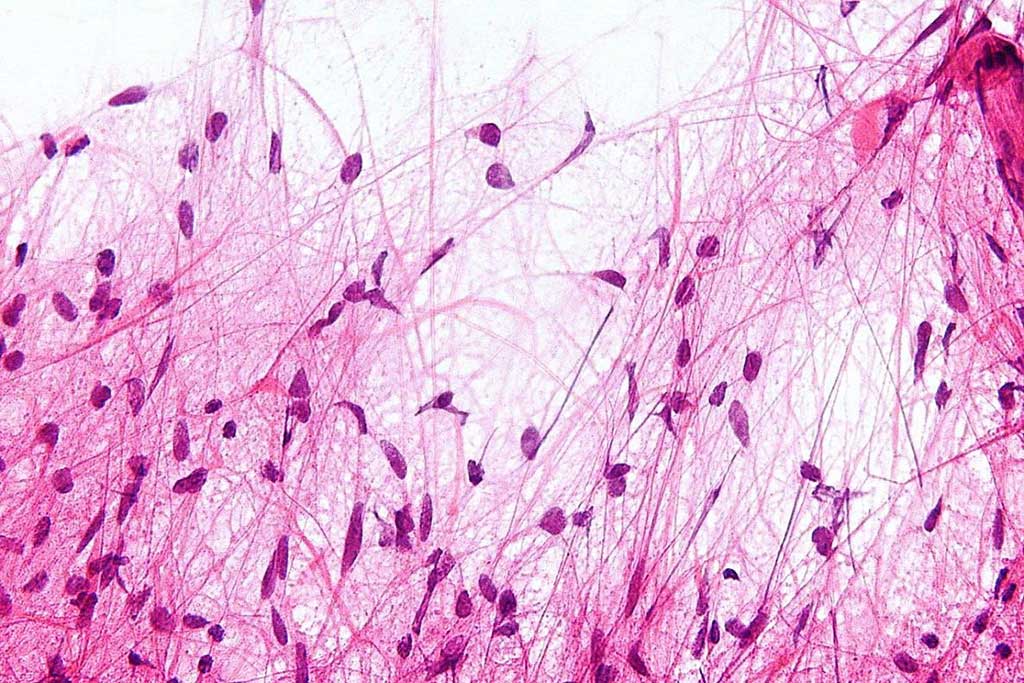Molecular Diagnostics

Blood Test Predicts Prostate Cancer Treatment Response
Prostate cancer became a bigger killer than breast cancer for the first time, official statistics revealed last year. More than 11,800 men a year - or one every 45 minutes - are now killed by the disease in the UK, compared with about 11,400 women dying of breast cancer. More...17 Jun 2020

Tumor Mutation and Immune Microenvironment Revealed in Colorectal Cancer
Most colorectal cancers are due to old age and lifestyle factors, with only a small number of cases due to underlying genetic disorders. Other risk factors include diet, obesity, smoking, and lack of physical activity. Dietary factors that increase the risk include red meat, processed meat, and alcohol. More...10 Jun 2020

Polygenic Risk Scores Highlight Potential for Developing Coronary Artery Disease
By combining a polygenic risk score with results of more traditional clinical tests, it was possible to identify individuals at high-risk for development of coronary artery disease (CAD) who had not been recognized through standard clinical evaluations alone. More...09 Jun 2020

Streamlined Assay Improves Prenatal Detection of Alpha-Thalassemia
Alpha-Thalassemia is a group of recessively inherited hemoglobin (Hb) disorders that result from decreased or absent synthesis of α-globin chains, affecting up to 5% of the world's population, mainly prevalent in the Mediterranean coastal countries, Southeast Asia, some African countries, and southern China. More...09 Jun 2020

Precision Oncology Confers Clinical Benefit in Relapsed Pediatric Cancer
The Individualized Therapy for Relapsed Malignancies in Childhood (INFORM) registry has been created to help develop precision medicine-based approaches and to analyze their effectiveness across high-risk relapsed or refractory pediatric cancers. More...08 Jun 2020
In Other News
Blood Protein Biomarkers Predict Outcome of a Patient’s COVID-19 Infection
Study Evaluates Molecular Diagnostics Tests for SARS-CoV-2
Saliva-Based Assay Developed for HPV-Driven Oropharyngeal Cancer
Changes in Bacterial Load and Serum Cytokine Levels Predict Likelihood of Dying from Sepsis
Serum MicroRNAs Predict Likelihood of Pregnant Women Developing Pre-Eclampsia
Elevated Plasma Neurofilament Light Chain Predicts Worsening of Muscular Sclerosis Symptoms
MicroRNA Biomarker Panel Identifies Patients at Risk for Pancreatic Cancer Metastasis to the Lymph Nodes
Representative Tumor Sampling Method Lessens Molecular Analyses Bias
An Analytical Method to Monitor Dietary Fat Intake
Germline Risk Variants Found in Prostate Cancer Patients
Non-Invasive Blood Assay Can Detect Early Colorectal Cancer
New Blood Test Can Determine When an Individual Was Exposed to a Pathogenic Microorganism
Rare Kidney Cancer Marked by Molecular Features
Higher Concentrations of COVID-19 Receptor Protein Found in Men’s Plasma
Blood Test Shows Promise for Predicting Cancer
Knowing the Ethnic Specificity of Urinary Biomarker Proteins Could Refine Diagnosis of Lupus Nephritis
Biomarker Panel Predicts Severity of Pollen Allergy Symptoms
Multicancer Blood Test Aids Screen for Cancer Guide Intervention
CRISPR-Based Microarray System Enables Massive Testing for Viral Pathogens
A Series of Sensitive and Specific DNA-Based Assays Detects and Differentiates Salmonella Serotypes
Targeted Next-Generation Sequencing Validated for Lysosomal Storage Disorders Diagnosis
Phosphorylated Tau Protein Blood Test Distinguishes Alzheimer’s Disease from Other Neurological Disorders
Rapid Diagnostic Sensor Detects COVID-19 Directly from Swab Extracts
Genetic Testing channel of LabMedica brings the latest in molecular genetics, cytogenetics, and epigenetics, and methods from PCR to FISH, and more.










